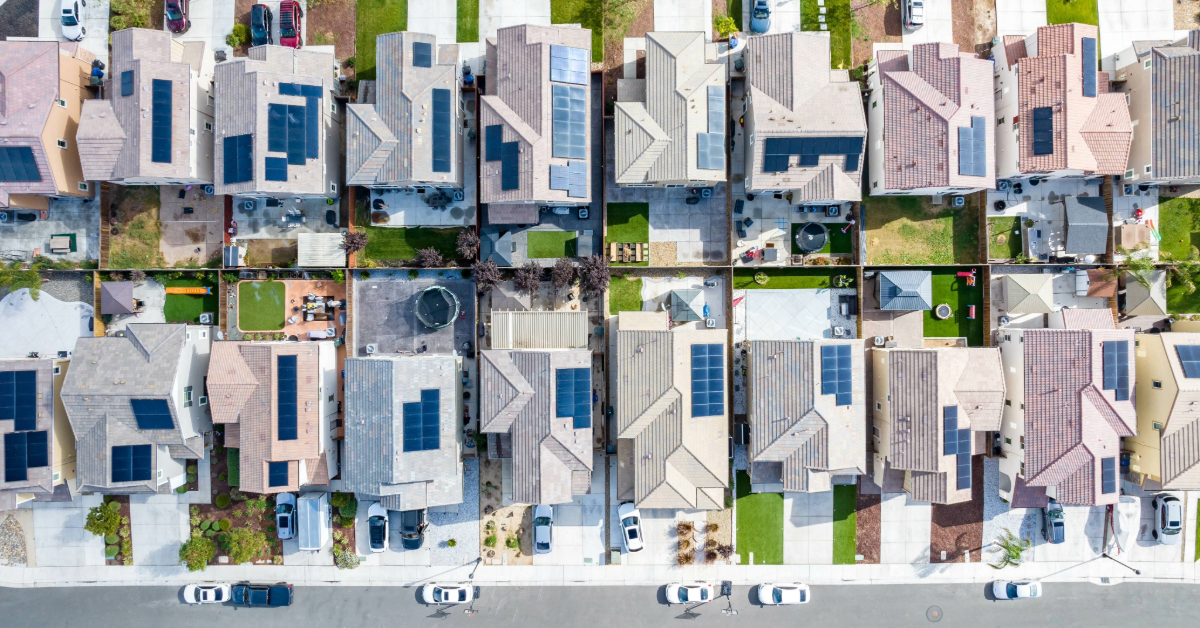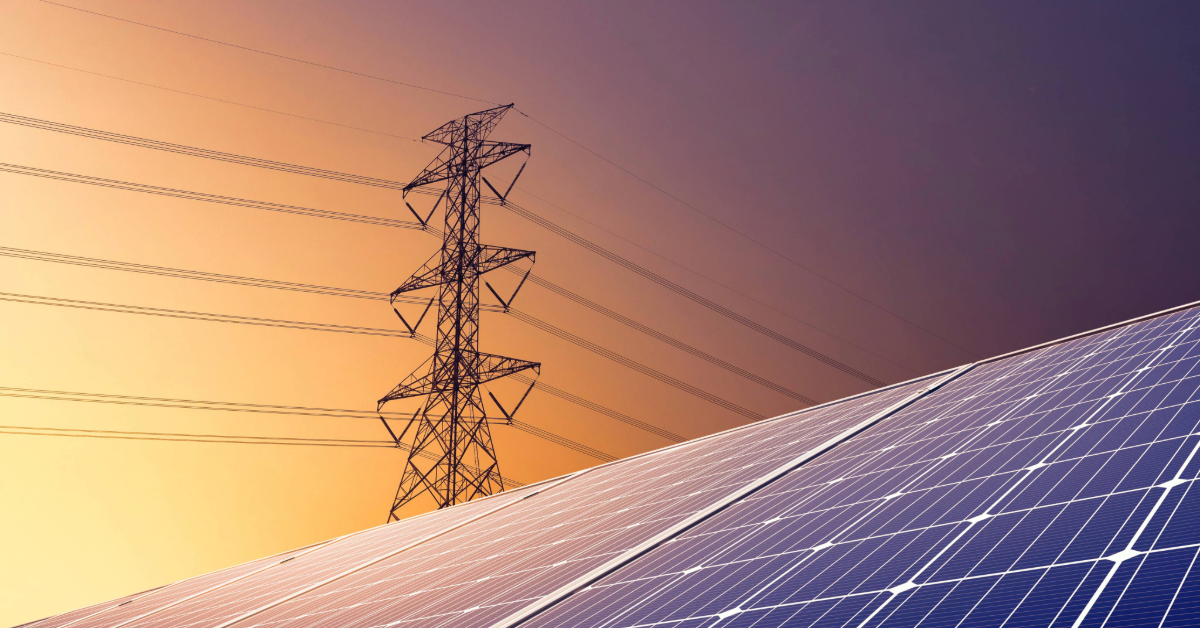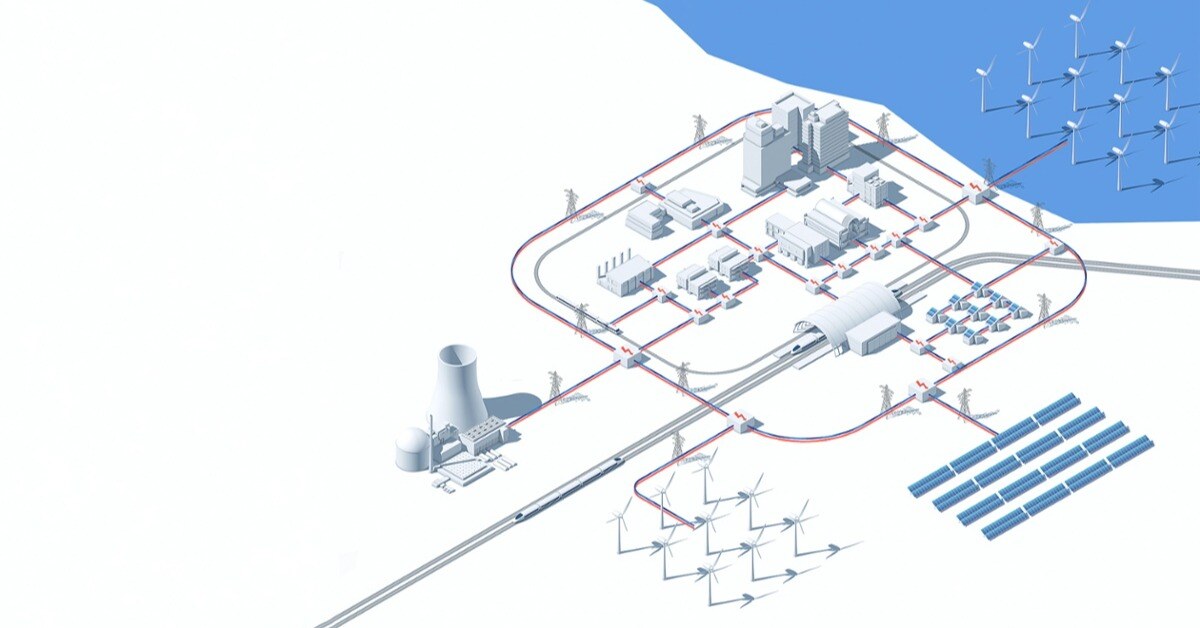What is Integrated System Planning (ISP)?
In our last blog, we discussed the traditional method utilities and energy organizations have taken to planning – conducting multiple resource’s...
4 min read
 Team Energy Exemplar
:
March 21, 2024
Team Energy Exemplar
:
March 21, 2024

The energy industry has undergone significant change in the past twenty years or so, and while new technologies enter the stage, and older players phase out – system planning methods have failed to keep up with the rate of change. In this blog, we will:
This blog is part of a series on Integrated System Planning. Sign up for our newsletter to receive the next blog - which will dive into ISP more granularly - straight to your inbox.
Traditionally, utilities and energy companies have done their planning in silos – with generation, transmission, distribution, gas, and resource investment planning all occurring in different departments in isolation. These different departments have had different stakeholders, different regulatory jurisdictions, separate processes with extremely limited or no integration, different cadences, different scenarios, and lack of consistency across data and reporting.
For some time, this traditional planning approach worked just fine. Prior to the development of renewable energy resources, generation resources – which were mostly thermal – could largely be located where it made most sense, since their location was not weather dependent. Also, load and customer demand were predictable: populations were relatively stable, weather was consistent, and people’s habits were fairly predictable. This meant that generation and transmission planning were somewhat straightforward, being built near load centers. Planning could be done with common scenarios and parameters such as like days, traditional peaking hours, and predictable weather patterns. Then, in the U.S., utilities and energy organizations would submit an integrated resource plan (IRP) every 2 – 5 years, which was plenty.
While this was a reliable planning method for a long time, the industry landscape has shifted consistently. We covered some of the ways things have changed in our recent blog The Hydrogen Story – How We Got Here. Now, we will go into even more detail, focusing on how the landscape has and continues to change on an even wider scale.
For better or worse, the industry has changed, and will continue to, since this original planning methodology took shape. There are three key areas that are driving this change and making planning in isolation impractical and obsolete: the energy transition, climate change, and a new consumer.
As citizens and governments around the world commit to cutting carbon emissions and embarking on an energy transition, there are a wide range of new dynamics, these include:
Looking for more detail? Hear Carlos Romero, Principal Technical Sales at Energy Exemplar, discuss the energy industry trends driving ISP and a suggested approach for utility and market planners to use to adopt a more integrated and holistic view of the planning processes.
Of course, the reason why citizens and governments around the world are focusing on reducing carbon emissions is due to the desire to mitigate the future effects of climate change. And while we work to mitigate these effects, there are still effects which complicate matters further.
The weather has a huge effect on both electricity generation, and electricity and energy demand. As mentioned, we are now reliant on sun and wind to generate a significant portion of our electricity – which is non-dispatchable. Additionally, electricity and energy demand are also driven by weather. When it gets cold, we turn our heaters on. When it is hot, we turn our air conditioners on. Previously, we were able to predict (relatively reliably) what weather could be expected in different seasons, which also helped inform us when peak demand times would be. Now, we are seeing changing weather patterns, and an increase in extreme weather events. This means it becomes much more difficult to predict when peak days might be, and to ensure that there is enough supply to meet that demand. Droughts across the world have also impacted hydrogeneration capacities, further impacting the ability to plan for reliable supply. In addition to making it difficult to adequately plan generation, transmission, and distribution, extreme weather is quite literally bad for the grid. Extreme temperatures and weather impact its performance, can damage infrastructure, and could inadvertently cause a complete failure if supply and demand are not balanced appropriately.
To make matters even more complicated, the consumers of energy and electricity - and their usage - are changing. As part of the energy transition, new demand side technologies are being developed and adopted. These include:
While previously, consumers merely represented load and demand, with new technologies and programs, consumers are much more connected and involved with the grid and their overall energy usage. Electrification and EVs are increasing electric demand. While at the same time, rooftop solar, batteries, smart technologies, demand response programs, and microgrids have the potential to lessen that demand, or to help grid operators serve it.
As the effects of the energy transition, climate change, and a new kind of consumer converge, the traditional method of departments planning in silos and creating a coordinated approach every few years will no longer prove effective. There are now so many interdependencies and variables in the energy industry that it has become clear that to maintain a reliable and affordable grid, utilities and energy companies will need to adopt a holistic approach which accounts for all these interconnected variables. This is where integrated system planning (ISP) comes in. Integrated system planning is a holistic planning method, which views what have traditionally been disparate systems as one integrated system which must be planned for accordingly.
In our next blogs, we will dive into what integrated system planning is, and how some organizations are approaching it. To be sure not to miss it, subscribe to our newsletter, and we’ll send it straight to your inbox.

In our last blog, we discussed the traditional method utilities and energy organizations have taken to planning – conducting multiple resource’s...

In some of our recent blogs, we discussed why there is a need for utilities and energy organizations to adopt a new planning methodology for...

The energy landscape is rapidly evolving with the penetration of renewable resources, dynamically changing demand and the rapid electrification of...